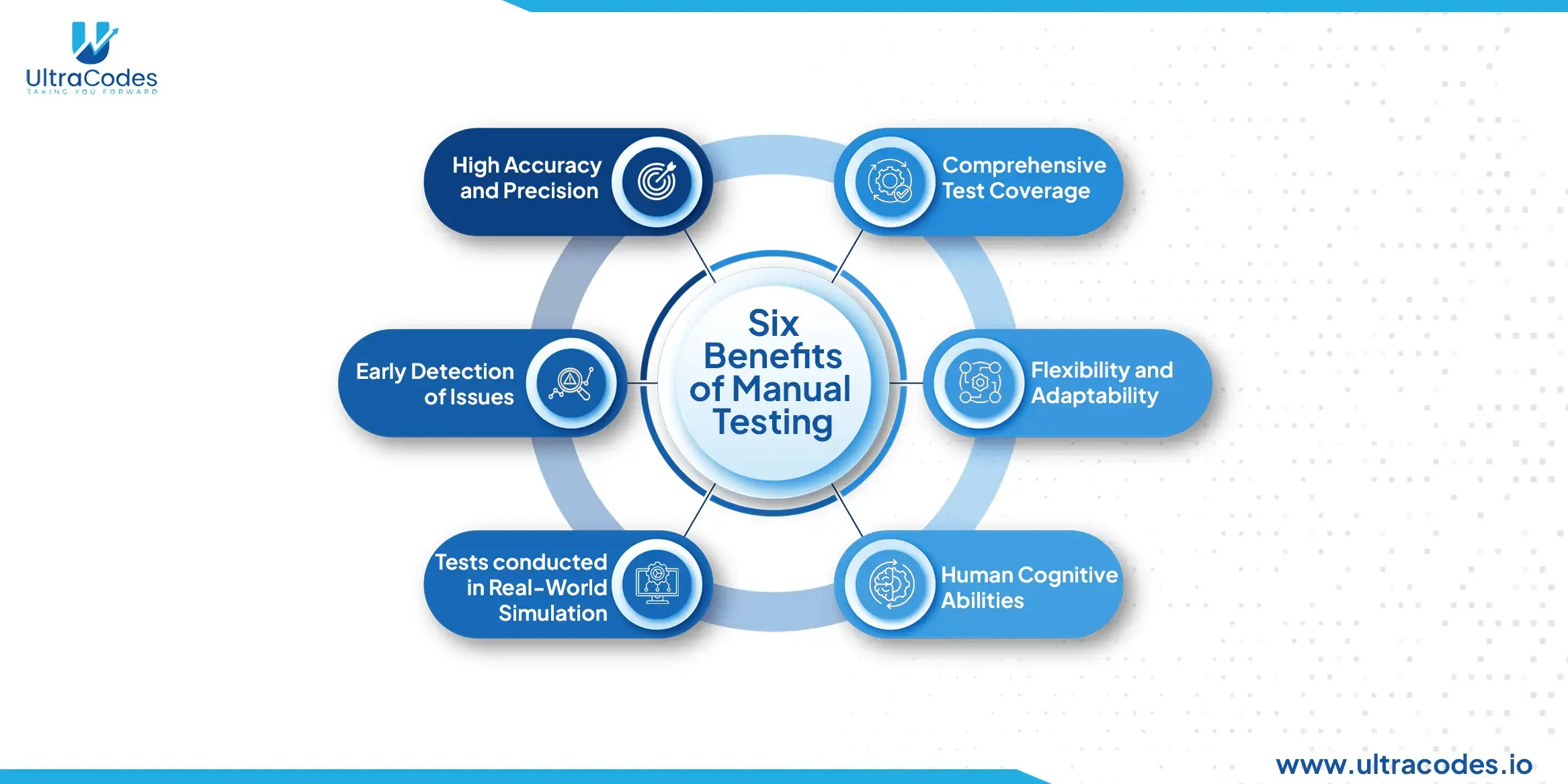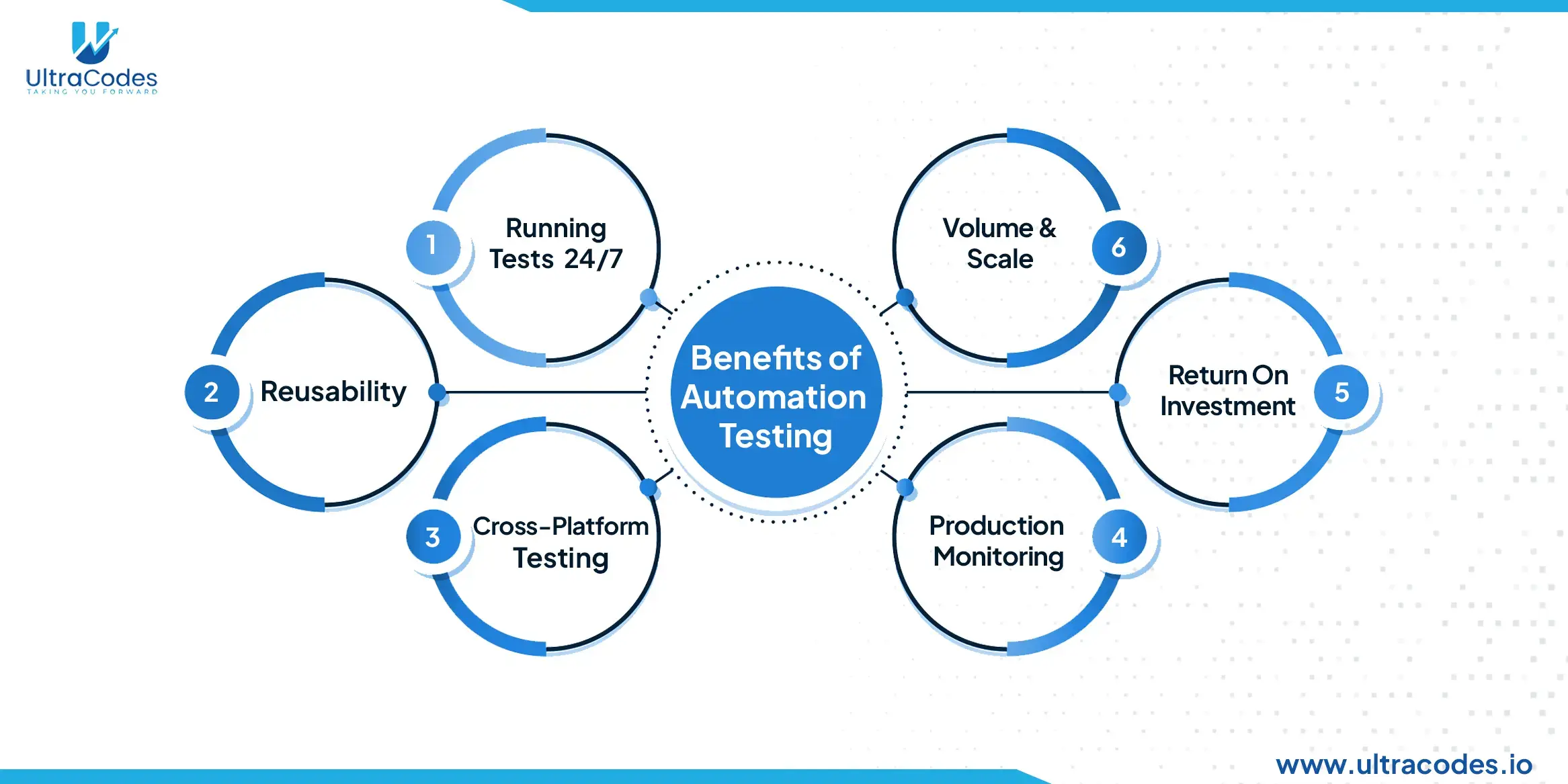In the ever-changing landscape of software development, testing is pivotal in preserving the quality, trustworthiness, and functionality of applications. There are two primary testing approaches: manual testing vs automation testing. This thorough guide will investigate the differences, benefits, and critical considerations related to these methodologies, offering valuable insights into the art of efficient testing.
Manual Testing vs. Automation Testing: Unraveling the Distinctions
Ensuring quality and functionality is akin to navigating a complex maze in the intricate world of software development. Two primary paths emerge manual testing and automation testing, each offering unique tools and challenges. Understanding their strengths and weaknesses is crucial for choosing the right path for your software journey.
Manual QA testing services: The Human Touch
Imagine exploring the maze on foot, meticulously examining every twist and turn. This is the essence of manual testing, where human testers act as your dedicated guides. They interact directly with the software, following predefined test cases that outline specific actions and expected outcomes. Think of these test cases as maps guiding their exploration.
Key Aspects of Manual Testing:
- Execution: Testers physically use the software, manually entering data, navigating features, and observing behaviors. No automated scripts or tools are involved.
- Focus: Primarily tests functionality, usability, and user experience. Testers ensure features work as intended, the interface is user-friendly, and the overall experience is seamless and enjoyable.
- Adapts to changes in requirements or unanticipated scenarios.
- Provides valuable user experience and usability insights that automation might miss.
- Suitable for small projects or initial testing phases where automation investment might not be viable.
- Testing complex applications or repetitive tasks can be slow and laborious.
- Human testers can make mistakes, leading to inaccurate results or missed bugs.
- Manually testing large test suites or frequent regression testing becomes challenging.
Automation Testing: The Robotic Assistant
Imagine a robot with a checklist. It goes through a maze, following a specific path and ensuring everything works correctly. That’s what automation testing does for software! Software gets instructions (like a checklist) that tell it how to act like a real person using it. The software follows these instructions carefully and lets us know if it finds any problems.
Key Aspects of Automation Testing:
- Execution: Relies on scripts and tools to automate test execution, mimicking user actions and verifying outcomes efficiently.
- Focus: Often used for regression testing (ensuring stability after code changes), API testing (verifying data communication), and other repetitive tasks.
- Executes repetitive tests quickly and tirelessly, saving time and resources.
- Reduces human error and ensures consistent test execution.
- Handles large test suites and complex applications effectively.
- Requires investment in tools and expertise, which might not be feasible for smaller projects.
- Less adaptable to unforeseen scenarios or requirements changes than manual testing.
- Still requires human analysis to interpret results and identify potential issues beyond the scope of automation..
Choosing Your Weapon: Factors Guiding the Path
Deciding your testing path hinges on several critical factors:
Budgetary Boulders:
Manual testing requires human costs, while automation demands upfront investment in tools and expertise. Manual testing might be your initial guide for smaller projects with tight budgets. However, automation’s cost-effectiveness shines for larger labyrinths with frequent twists and turns (regression testing).
Project Complexity:
Manual testing might adequately navigate Simple, well-defined applications. However, intricate projects with numerous test cases and functionalities benefit immensely from automation’s speed and ability to handle dead-ends efficiently.
Frequency of Exploration:
Manual testing might suffice for infrequent ventures into the labyrinth. But when constant checks or continuous integration require frequent forays, automation streamlines the journey.
Cross-Platform Compatibility:
Manual exploration across multiple platforms can be laborious. Automation enables efficient cross-platform testing, ensuring consistent behaviour across various devices and operating systems—like having a map that covers all exits.
The Winning Formula: Balancing Act in Action
So, how do you find the optimal balance? Consider the complexity, frequency, and importance of each test case. Allocate manual testing to areas requiring human judgment and exploration while leveraging automation for repetitive tasks and regression testing. This synergy ensures comprehensive coverage, efficient execution, and higher-quality software.
By understanding the strengths and weaknesses of manual and automation testing, you can craft a testing strategy that delivers optimal results in 2024 and beyond. Remember, it’s not about choosing sides but finding the harmonious blend that ensures the ultimate success of your software.
Choosing the Right Path: Collaboration is Key
While manual and automation testing seem like rivals, they work best as a collaborative team. Just like combining a human explorer’s flexibility with a robot’s efficiency, a hybrid approach leverages the strengths of both methods.
Manual testing excels in:
- Uncovering UI/UX issues
- Exploratory testing for discovering hidden problems
- Testing complex workflows and edge cases
Automation shines in:
- Verifying known paths (regression testing)
- Benefits of API testing Ensure smooth communication between systems (API testing)
- Exploring across multiple platforms efficiently, like regression testing, benefits from automation’s speed and accuracy.
By understanding both approaches’ strengths and weaknesses, you can confidently navigate the software development labyrinth, ensuring your creation emerges polished and ready to delight its users.
Conclusion
Manual and automation testing are not rivals. Rather, they are complementary tools in the vast toolkit of software quality assurance. Choosing the “right” approach relies on understanding each method’s unique strengths and weaknesses and the specific demands of your project. Organizations can achieve high-quality software releases by understanding their nuances and strategically implementing them while optimising their testing budgets.
Keep in mind that the optimal testing approach is not a one-size-fits-all solution. When deciding, consider project scope, budget, timeline, team expertise, and software complexity. By carefully evaluating your specific needs and adopting a flexible approach, you can ensure your software stands the test of time. Remember, the right mix of manual and automation testing is the key to success in today’s fast-paced development landscape.







